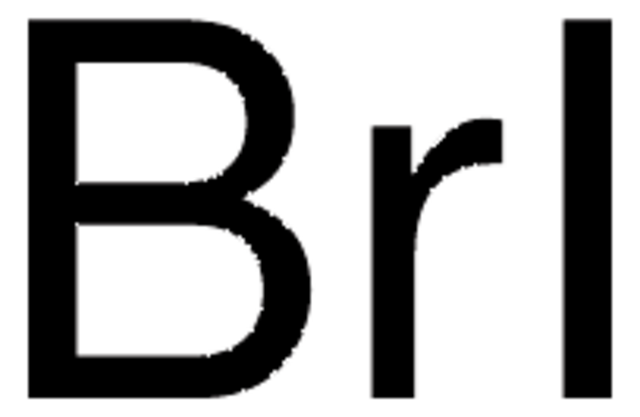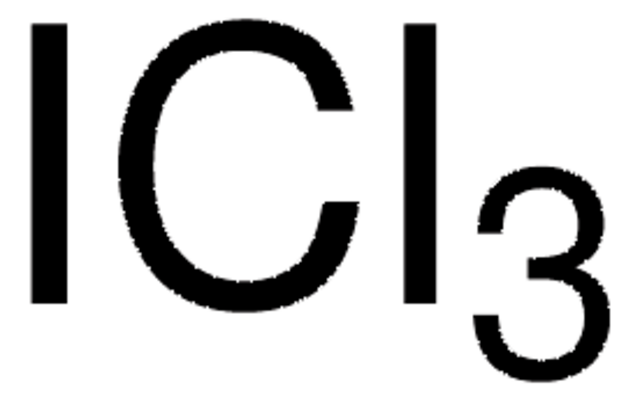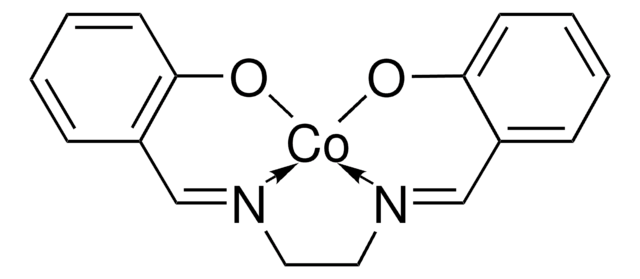714836
Iodine monochloride solution
1 M in acetic acid
Sinônimo(s):
Chloroiodide solution, Wijs solution
About This Item
Produtos recomendados
Formulário
solution
Nível de qualidade
concentração
1 M in acetic acid
densidade
1.143 g/mL at 25 °C
cadeia de caracteres SMILES
ClI
InChI
1S/ClI/c1-2
chave InChI
QZRGKCOWNLSUDK-UHFFFAOYSA-N
Procurando produtos similares? Visita Guia de comparação de produtos
Descrição geral
Aplicação
- As a reagent in the preparation of α-iodo β-ketosulfones from β-ketosulfones.
- In the synthesis of 3-(4-bromo-2-methylphenyl)-4-iodosydnone, which is further used to prepare substituted pyrazoles.
Palavra indicadora
Danger
Frases de perigo
Declarações de precaução
Classificações de perigo
Eye Dam. 1 - Flam. Liq. 3 - Skin Corr. 1B
Código de classe de armazenamento
3 - Flammable liquids
Classe de risco de água (WGK)
WGK 3
Ponto de fulgor (°F)
105.1 °F
Ponto de fulgor (°C)
40.6 °C
Escolha uma das versões mais recentes:
Certificados de análise (COA)
Não está vendo a versão correta?
Se precisar de uma versão específica, você pode procurar um certificado específico pelo número do lote ou da remessa.
Já possui este produto?
Encontre a documentação dos produtos que você adquiriu recentemente na biblioteca de documentos.
Os clientes também visualizaram
Nossa equipe de cientistas tem experiência em todas as áreas de pesquisa, incluindo Life Sciences, ciência de materiais, síntese química, cromatografia, química analítica e muitas outras.
Entre em contato com a assistência técnica










